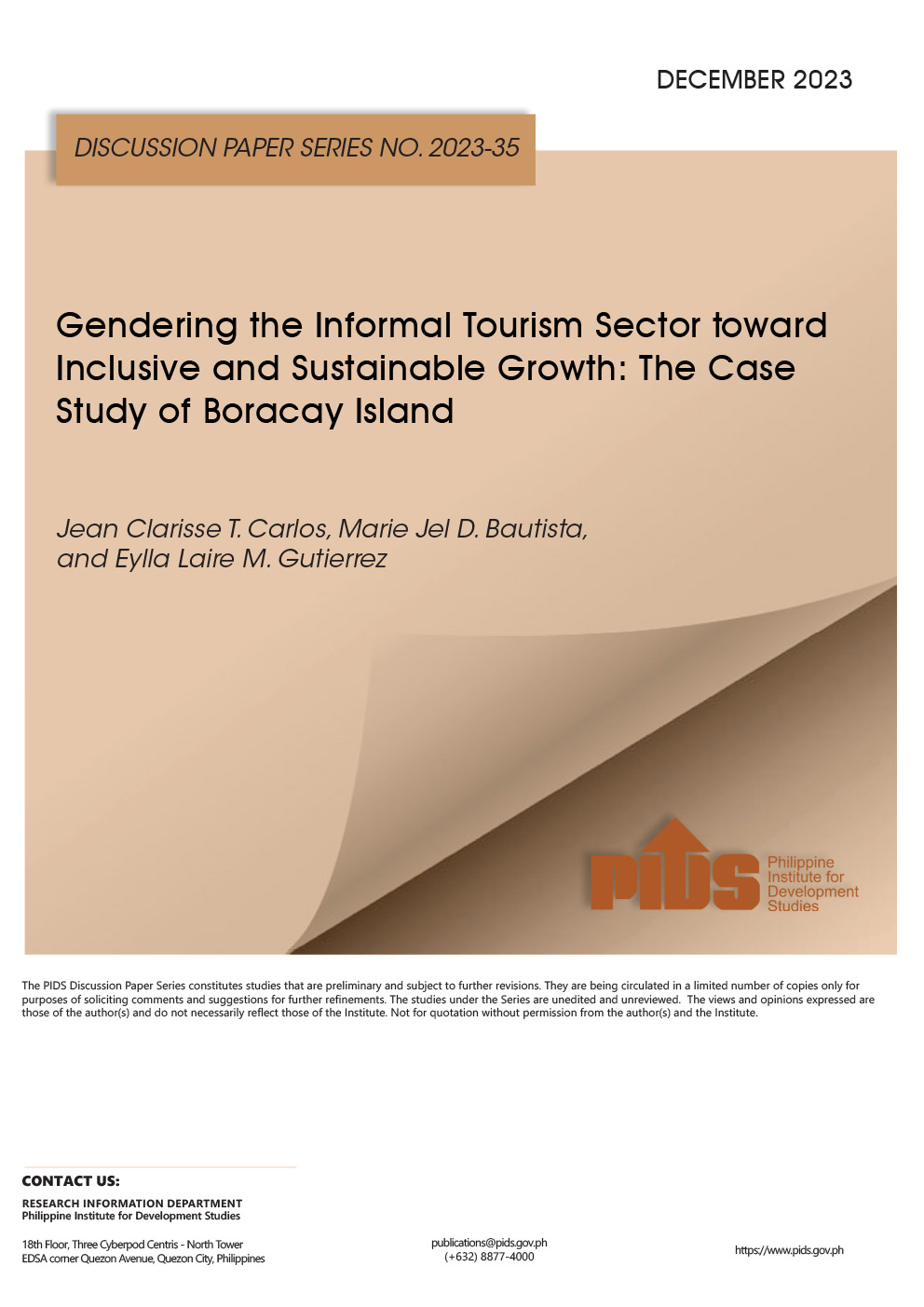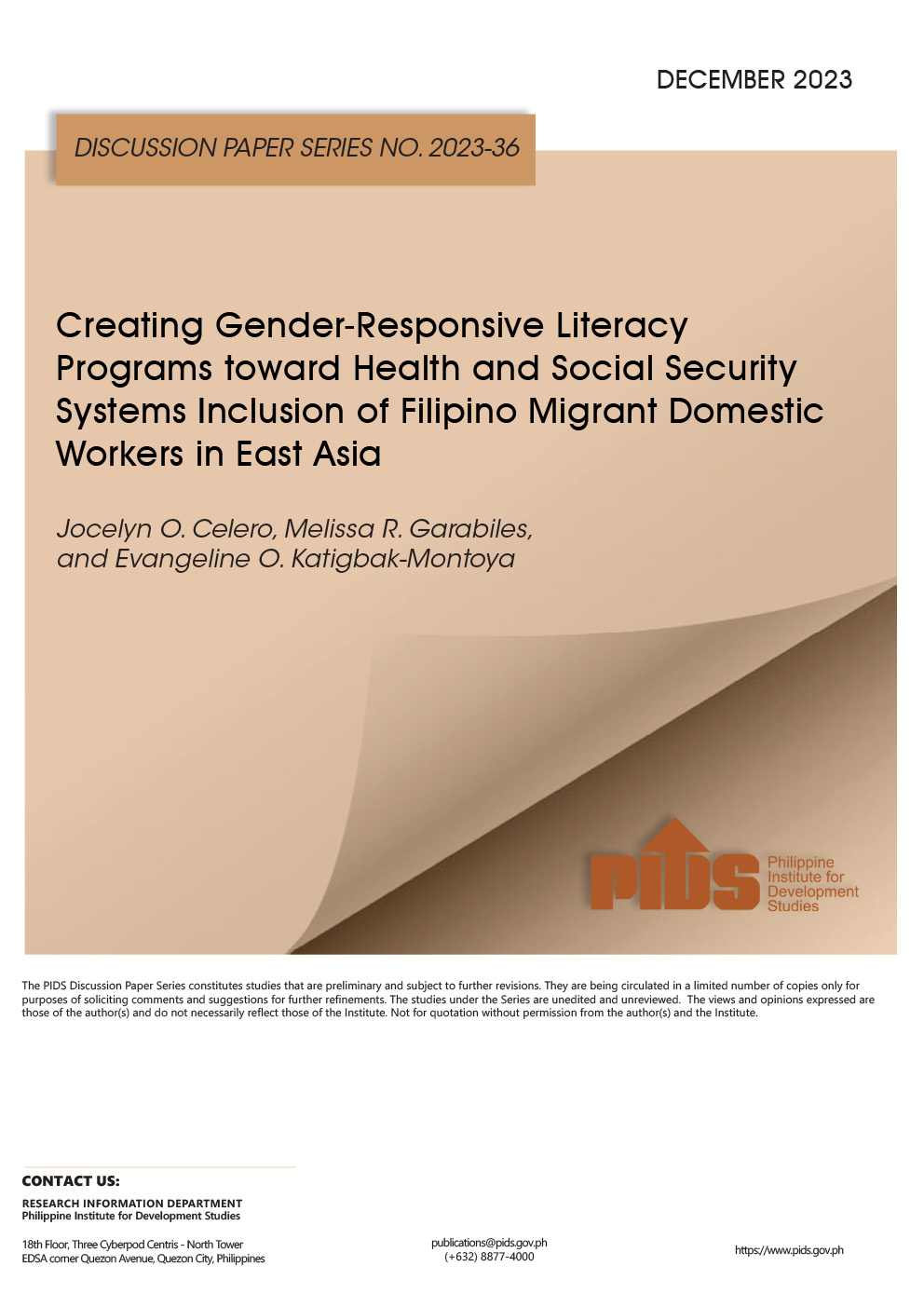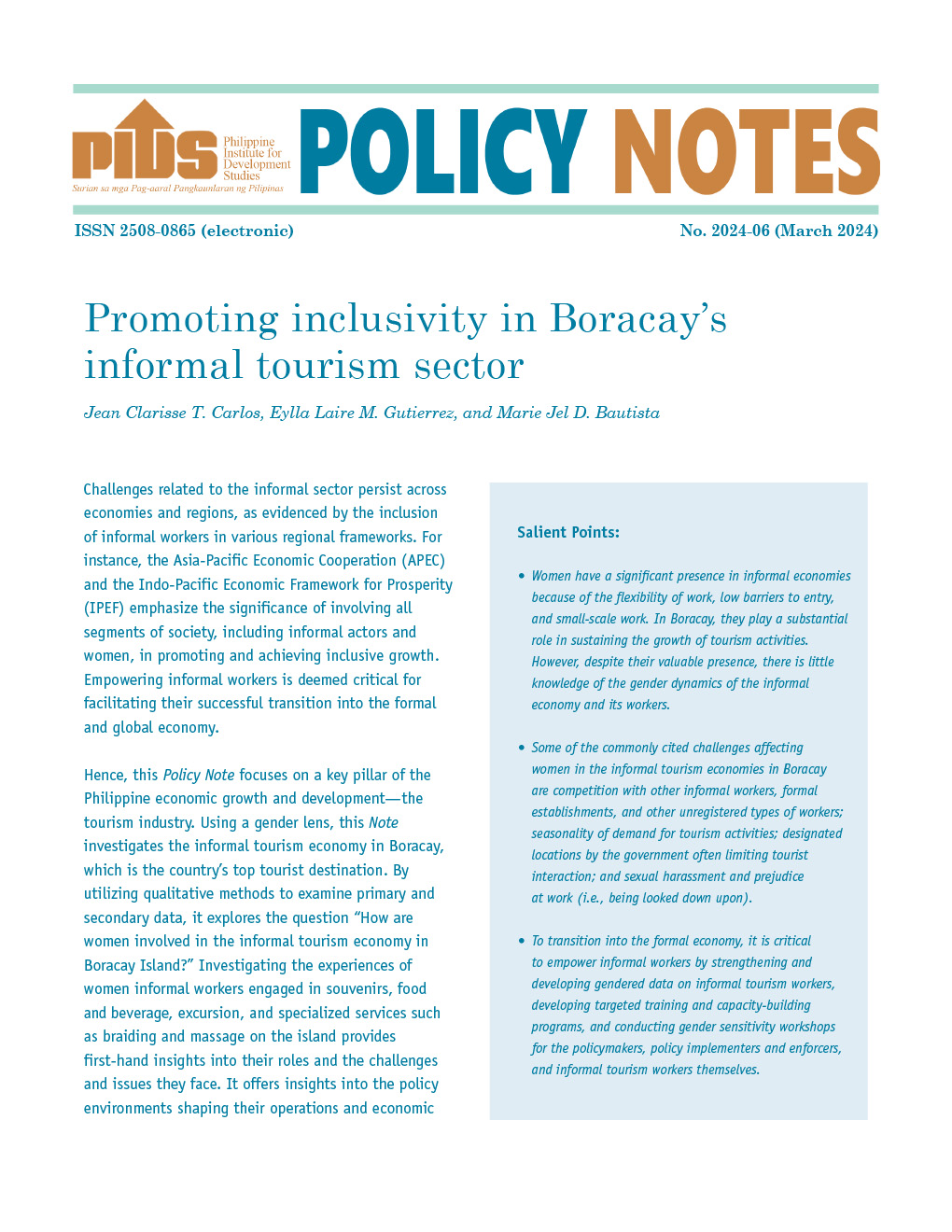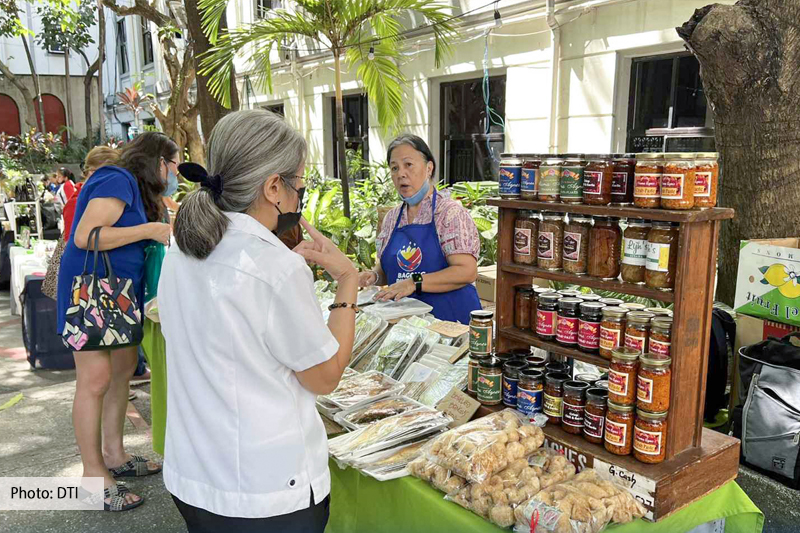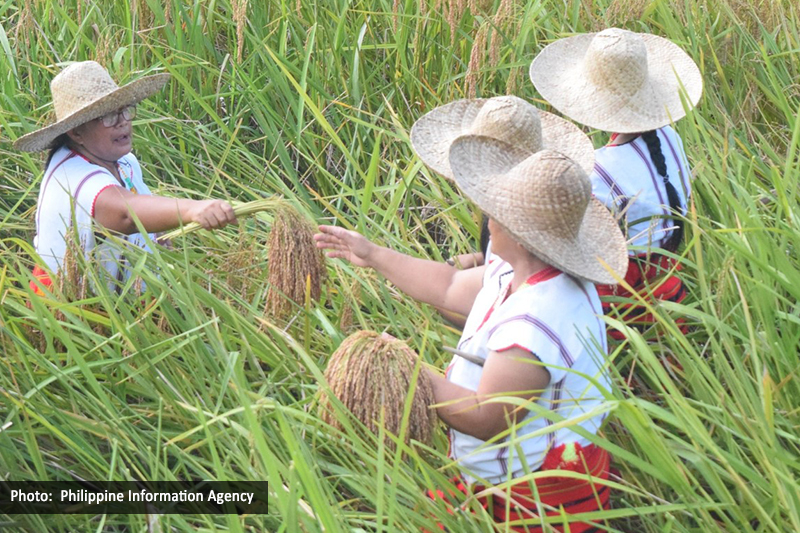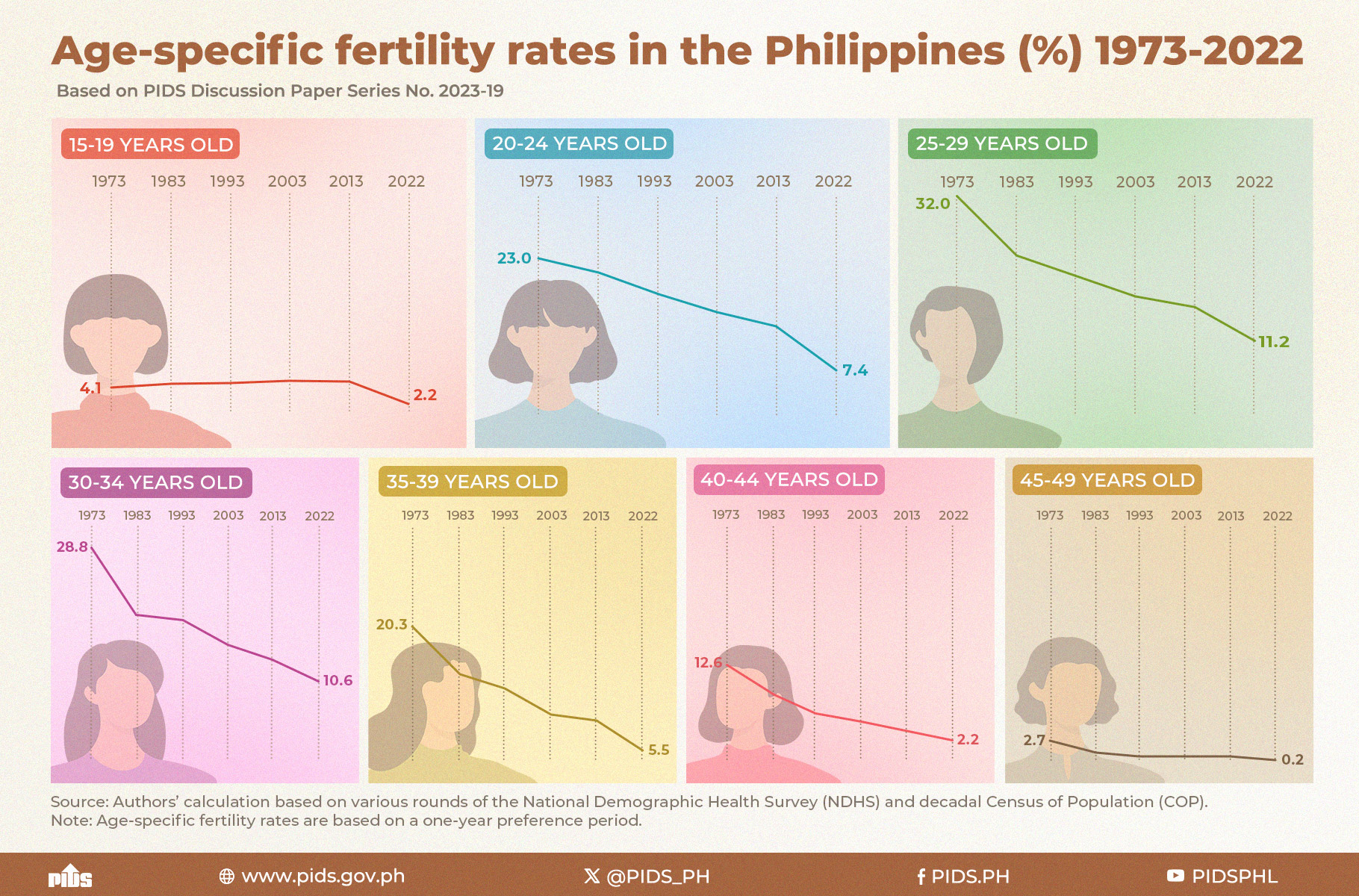History has a way of telling us how prejudice cripples many female political aspirants—their roles reduced and confined in humble spaces where society deems them fit, their dreams pulverised into smithereens long before they speak. While women make up half of the Philippine population, seats in all branches of the government remain dominated by male figures.
Women in key government positions have proven that they are just as productive and capable as their male counterparts; yet statistics show that only about 23 per cent of current elected officials are female. Pop culture montages feed us the illusion that when a girl suits up, perseveres, and dumbfounds people with her hot takes, then she too, can become a leader. But real life never really plays out just like the movies, does it? Women have to fight for their space in politics.
In the Philippine Senate, only seven out of 24 senatorial seats are filled by women. Their proportion in politics has yet to meet the 30 per cent “critical mass” which many scholars identify as the percentage necessary for minorities to have a level of influence that shakes even just a portion of the large crowd.
The top position in the country is no different. Flip the records backwards and you will see that there has only been two female presidents in the past; two of them were born after tumultuous uprisings. [Corazon Cojuangco Aquino through People Power and Gloria Macapagal Arroyo who initially assumed presidency after EDSA II].
The slow increase in female representation in politics may be linked to some of the country’s prevailing patriarchal norms and gender stereotypes calling women “weak, emotional, and indecisive.” The heavy burden of certain responsibilities placed on the shoulders of numerous women (such as domestic duties) can play a role in discouraging many from entering and pursuing demanding jobs such as running for public office.
Women, 'Sorely Underrepresented'
In the past, there has been a series of gender-responsive laws and programs legislated by men; however, some believe that they cannot always fully represent the interests of women considering their differentiated needs. For example, won't a woman be able to provide a deeper (not to mention informed insight)—rather than a man—regarding the terms of maternity rights and other similar causes?
To date, women suffer from all sorts of abuses and inequalities because the laws that should protect them remain out of reach. According to the Philippine Commission on Women (PCW), the country only has 15 laws that advocate for the rights of women. These include the Magna Carta of Women (MCW), Anti-Violence Against Women and Children Act, and the Anti-Sexual Harassment Act. Despite these, the group stressed that “societal trends on women’s low labour participation, their increasing involvement in vulnerable employment, and non-declining rates of violence against women and children have remained intact.”
Meanwhile, a Philippine Institute for Development Studies (PIDS) study, authored by researcher fellows and analysts Clarissa David, Jose Ramon Albert, and Jana Flor Vizmanos suggests that Filipinas are “sorely underrepresented” at top levels of government because the voting public is not inclined to elect women candidates.
The group observed that even when there are women in the legislative body, they are often assigned to female-associated areas such as social welfare, health, and tourism. “Women have been less represented in the areas of economics, budget and management, finance, and foreign affairs,” the report noted.
Carrying The Nation's Weight
Every woman has a right to have a say in all spheres of her life, this is why according to the PCW, the country’s official polling body must start imposing a candidate gender quota wherein neither sex comprise less than 40 per cent or more than 60 per cent of the number of candidates in the party slate. It also encouraged organisations to build campaign funds for aspiring women candidates, especially those who belong to marginalised sectors.
“Women’s representation is crucial in the realisation of development goals for it is through their representation that their voices are heard, and their issues, concerns, and perspectives are made an integral part of decision-and policy-making processes that affect their lives. Nonetheless, social, economic and structural barriers that hinder women’s full participation and representation still exist,” the group asserted.
The ability of female leaders to forge a path towards a more empowering future for themselves is an advantage that society must start to acknowledge; this humble piece raises concerns faced by women who are not only after posts in public offices, but private institutions as well. Indeed, a woman will take on many roles in her life—daughter, sister, mother, tita, lola. . . perhaps it's time to have 'leader' up on that list.
Philippines in the Hands of Mothers: Does The Country Need More Female Leaders?

